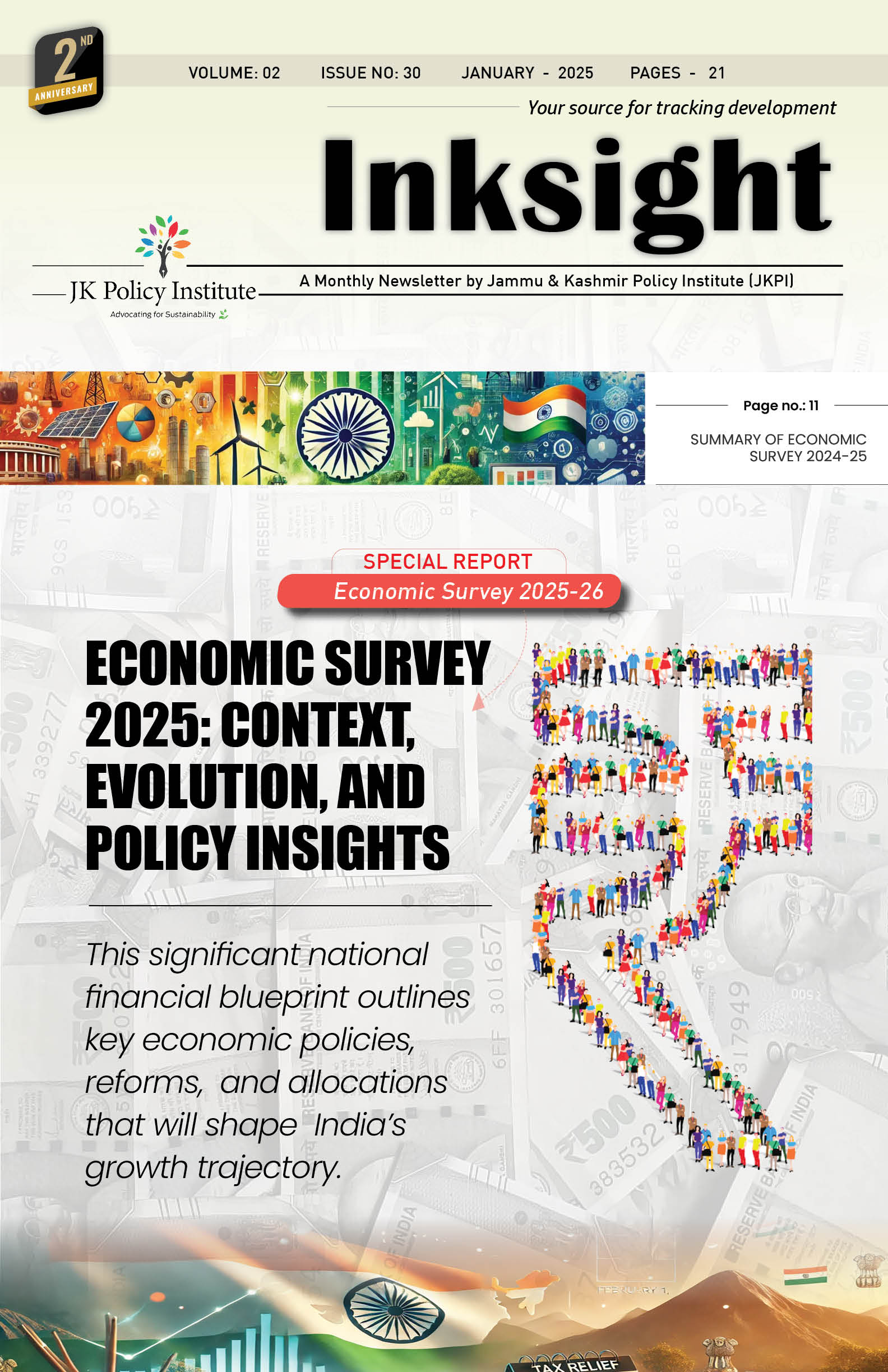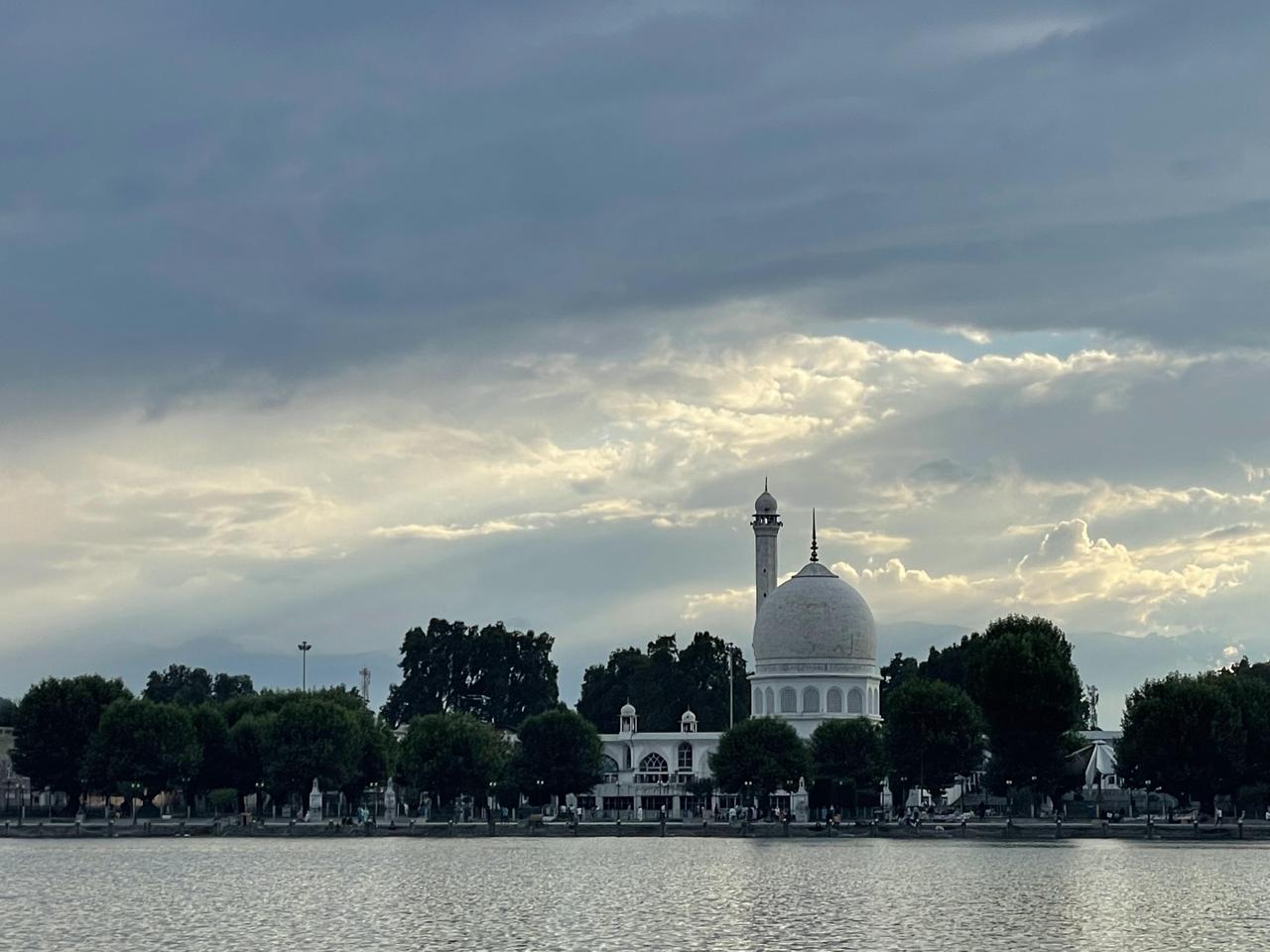Introduction:
In recent years, religious tourism has gained global momentum due to its growing significance as a sustainable source of income. Unlike conventional tourism, which often relies on resources prone to depletion, religious tourism taps into resources that cannot be exploited similarly. It holds the potential to create jobs and sustainably improve lives.
Recent initiatives, such as the construction of a temple in Dubai, the establishment of the grand temple in Ayodhya, and the integrated development program for the Hazratbal Dargah Shrine in Srinagar, all aim to provide spaces for worship while also promoting religious tourism as a means of generating revenue. These efforts arise from the need to find alternatives to conventional tourism, which is often unsustainable. In traditional tourism, resources gradually diminish over time with increased use. In contrast, religious beliefs are not subject to such limitations. They remain intact and, with minimal maintenance costs, continue to draw more visitors.
Jammu and Kashmir, with its rich history and deep-rooted religious traditions, is well-positioned to benefit from this trend. Many towns and villages in the region are associated with significant religious beliefs, making them attractive destinations for pilgrims. With minimal expenditure, Jammu and Kashmir has the potential to attract religious tourists from around the world.
Religious Tourism:
The fundamental difference between religious tourism and other types of travel lies in the tourists’ religious motivation. The term “religious tourism” first emerged in Europe in the late 1980s when churches recognized the importance of tourists for sustaining religious practices and activities. Tourists not only provided an audience for religious events but also generated revenue to support missionary efforts. Recognizing this opportunity, churches began actively marketing, planning, and organizing these visits specifically for religious tourists.
Religious Tourism in J&K:
Jammu and Kashmir, often referred to as the “Paradise on Earth” due to its breathtaking natural beauty, is well-known around the world. However, its significance in the realm of religious and spiritual tourism has remained largely unnoticed or underexplored. Historically, J&K was a major religious and spiritual hub, particularly in South Asia. Owing to its rich cultural and spiritual heritage, the union territory is home to numerous holy shrines and mystical sites that attract both domestic and international pilgrims each year.
Religious tourism accounts for 60% of domestic travel in India. To further increase the flow of religious tourists, the government has categorized religious destinations into different circuits under its Swadesh Darshan scheme, including the Spiritual Circuit, Krishna Circuit, Sufi Circuit, and Buddhist Circuit. Additionally, under the Pilgrimage Rejuvenation and Spiritual Augmentation Drive (PRASAD) scheme, the government initiated a development program in 2015, focusing on 25 cities. The goal is to promote religious tourism across various states and union territories.
As part of the Swadesh Darshan and PRASAD schemes, Prime Minister Narendra Modi launched the ‘Integrated Development of Hazratbal Shrine’ project during his first visit to Srinagar after the repeal of Article 370, on March 7. With an estimated cost of ₹40 crore, this initiative aims to attract pilgrims from around the world.
Several prominent religious sites attract tourists from around the globe, such as the aforementioned Hazratbal Shrine, also known as Madinat-us-Sani, which is significant for housing holy relics. Similarly, the Shri Amarnath cave witnessed 510,000 pilgrims in 2024, the highest number in the last 12 years, according to the government. In Jammu, the Mata Vaishno Devi shrine received 9.522 million devotees in 2023.
The flow of national and foreign travelers primarily remains concentrated in these prominent places. However, the rich historical and cultural landscape of Kashmir extends far beyond its well-known holy sites. Several lesser-known but equally important locations in the region have been overlooked, primarily due to political upheaval, insurgency, or lack of attention. Many of these sites, including historic structures, shrines, ancient temples, and mystical places, have received little care from the government or preservation organizations.
Take, for example, the village of Butho in North Kashmir’s Bandipora district, where the shrine of Hazrat Bibi Arifa, locally known as “Ded Mouj,” is located. What makes this site even more significant is that some Jewish traditions believe this grave belongs to the revered Prophet Moses, who, according to their beliefs, led them back to Palestine around 4,000 years ago. This belief attracts visitors from around the world, including Uganda, Thailand, France, Germany, and the United States. The grave’s significance, along with the custodian’s diary documenting the visits of numerous international travelers, highlights its considerable historical and spiritual value. However, since the insurgency in 1990, the site’s popularity has declined, leading to a lack of care and attention.
Similarly, in the town of Beerwah in the Budgam district, there lies a cave associated with Abhinavgupta, a renowned Shaivite philosopher from the 9th-10th century. According to traditional belief and some historical records, Abhinavgupta entered this cave with 1,200 disciples and never returned, adding a layer of mystique to the site. This cave reflects the deep spiritual and philosophical heritage of Kashmir, which, like the shrine in Butho, has suffered from neglect. Both sites illustrate Kashmir’s rich and diverse cultural tapestry, blending various traditions and beliefs, and highlight the urgent need for the preservation and promotion of these mystical treasures. With some development and investment in promotion, these sites could become international destinations.
Similarly, Sufi places have witnessed a significant surge in visitation as people worldwide become more interested in spirituality. Kashmir has been a region where Sufi culture gained prominence, resulting in dozens of Sufi shrines spread throughout the area. This Sufi culture is deeply rooted in Kashmir’s history and traditions. There are many Sufi poets whose Kalam (mystic poetry) is intertwined with typical Sufi themes and profound mystical meanings. There are spiritually motivated travelers around the world whose aim is to grasp the deep meanings conveyed by Sufis. Kashmir has a significant role in this, but it needs to come into the spotlight. The tourism industry must recognize the business potential of Kashmir’s rich spiritual culture and begin promoting it.
The Jammu and Kashmir government, in an effort to increase religious tourism in the region, has designated 75 sites for this purpose. Additionally, the government has played a role in spreading the mystical meanings and teachings of figures like Lal Ded, Wahab Khar, and Naem Soab. This aims to attract people from around the globe who are eager to explore Sufi ideas and include Kashmir in their travel itineraries, allowing them to discover the region’s rich Sufi culture and its profound verses and thoughts.
Recommendations:
Historically, Kashmir has been promoted for its beautiful landscapes, crystal-clear water bodies, and alpine lakes. However, the region’s syncretic culture, mystical past, rich religious history, and vast literature have remained largely overlooked. The government must recognize the importance of these aspects and begin promoting them through social media, workshops, and other means. This will help travelers who are interested in these facets to notice them and include Kashmir in their travel itineraries.
The government needs to identify places that have remained unnoticed but have the potential to attract travelers from around the globe. For example, there is a village called Sutharan in Budgam, named after Sita, which receives many devotees each year. However, due to a lack of attention, it does not generate significant revenue. Jammu and Kashmir has dozens of such places that can be developed and promoted for religious tourism. The government can bring these sites into mainstream tourism by organizing religious festivals, fairs, and cultural events in these areas, which will help attract tourists and devotees.
The government should establish strategic alliances with organizations and religious leaders to promote Kashmir as a popular destination for pilgrims. Maintaining strong ties with these influential religious figures and organizations will help leverage their connections and raise awareness of Kashmir’s holy sites. These partnerships can create marketing and messaging specifically tailored to their followers and other devotees, making the location more appealing to those seeking spiritual growth.
Kashmiri authors have produced rich literature, whether it is commentary on Shaivism or Sufi poetry. Therefore, the government should promote this literature through workshops and sessions on Sufi poetry, Kashmiri Shaivism, and related subjects. Music festivals and meditation practices during the Urs of Sufi saints, which have been celebrated in Kashmir for many years, need to be promoted at both national and international levels. Cultural experiences such as Bandaras, Gawan Mehfils (music festivals), and other events should be highlighted to encourage visitors to engage with these traditional Sufi rituals and practices.



Leave a Reply
You must belogged in to post a comment.